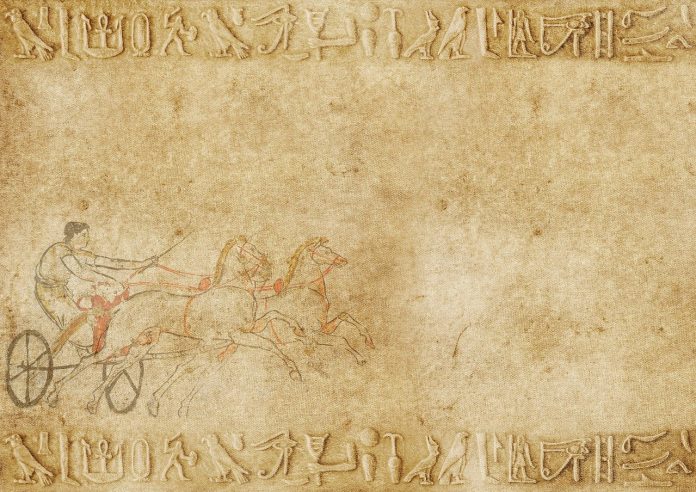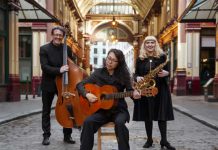Is it possible to reconcile archaeology and exchange in Ireland? The answer to that question is yes. After all, the Emerald Isle is a country full of history and traditions, with archaeological sites and ancient monuments that tell the story of its past.
That’s why an archaeology-focused exchange in Ireland gives students the opportunity to explore these incredible sites, learn about their rich cultural heritage and experience history in a unique and engaging way.
In this article, we’ll explore the main archaeological sites and monuments in Ireland and how an exchange can be an unforgettable experience.
Newgrange: A Mysterious Megalithic Tomb
Newgrange is one of Ireland’s most famous archaeological sites. Built over 5,000 years ago, this megalithic monument is older than the pyramids in Egypt and Stonehenge in England.
Students can explore the impressive burial chamber and learn about the theories and legends surrounding its construction and purpose. It’s so worth it!
Ring of Kerry and Iron Age Fortresses
The Ring of Kerry is a popular tourist route covering some of Ireland’s most beautiful natural and historic scenery. Therefore, many students decide to meet him.
Along the way, you can visit Iron Age fortresses such as Carregal and Leacanabuile, which offer a fascinating glimpse into life during this prehistoric period.
The Archaeological Landscape of Brú na Bóinne
Brú na Bóinne is an archaeological landscape home to megalithic sites of global importance such as Newgrange, Knowth and Dowth.
During the exchange, you can visit these sites and learn about the construction techniques and art used by their Neolithic builders, as well as the archaeological and mythological theories associated with these monuments.
Rocks of Cashel: Testimonies from the Age of Kings and Saints
The Rocks of Cashel is a historic complex dating back to the Middle Ages. And for that reason, it is a place that attracts the attention of everyone who is going to do an exchange program in Ireland.
Students can explore the impressive remains of Cormac’s monastery, round tower and chapel, learning about this site’s significant role in Ireland’s religious and political history.
In addition, you can also explore the Viking culture in the country. After all, the Vikings founded Dublin, Ireland’s capital in the 9th century.
Then head to Dublinia, a heritage centre that recreates life in the city during the Viking Age and the Middle Ages. Other Viking sites such as the fortress at Wood Quay can also be explored.
Courses and Lectures on Archeology and participation in excavations
An archaeology-focused exchange should also include courses and lectures given by experts at universities and research institutes such as University College Dublin and the National Museum of Ireland.
These courses provide an in-depth understanding of archaeological methods and the latest discoveries, allowing students to broaden their knowledge of Irish history and cultural heritage.
For a hands-on and immersive experience, students on an archaeological exchange may have the opportunity to participate in ongoing archaeological digs.
Under the supervision of professional archaeologists, you can learn excavation and documentation techniques, helping to discover and preserve the country’s past.
Hill of Tara: Center of Celtic Power
The Hill of Tara is an archaeological site of great historical importance, considered the centre of Celtic power in ancient Ireland.
When visiting Tara, you can explore ancient monuments and fortifications, including the Ring of the Synod and the Mound of the Hostages, and learn about the site’s legendary history as the seat of Celtic kings.
As you can see, archaeology and exchange in Ireland are closely linked. By learning about the country’s origins and the evolution of its society, you gain a unique and valuable perspective on the country’s cultural heritage.















